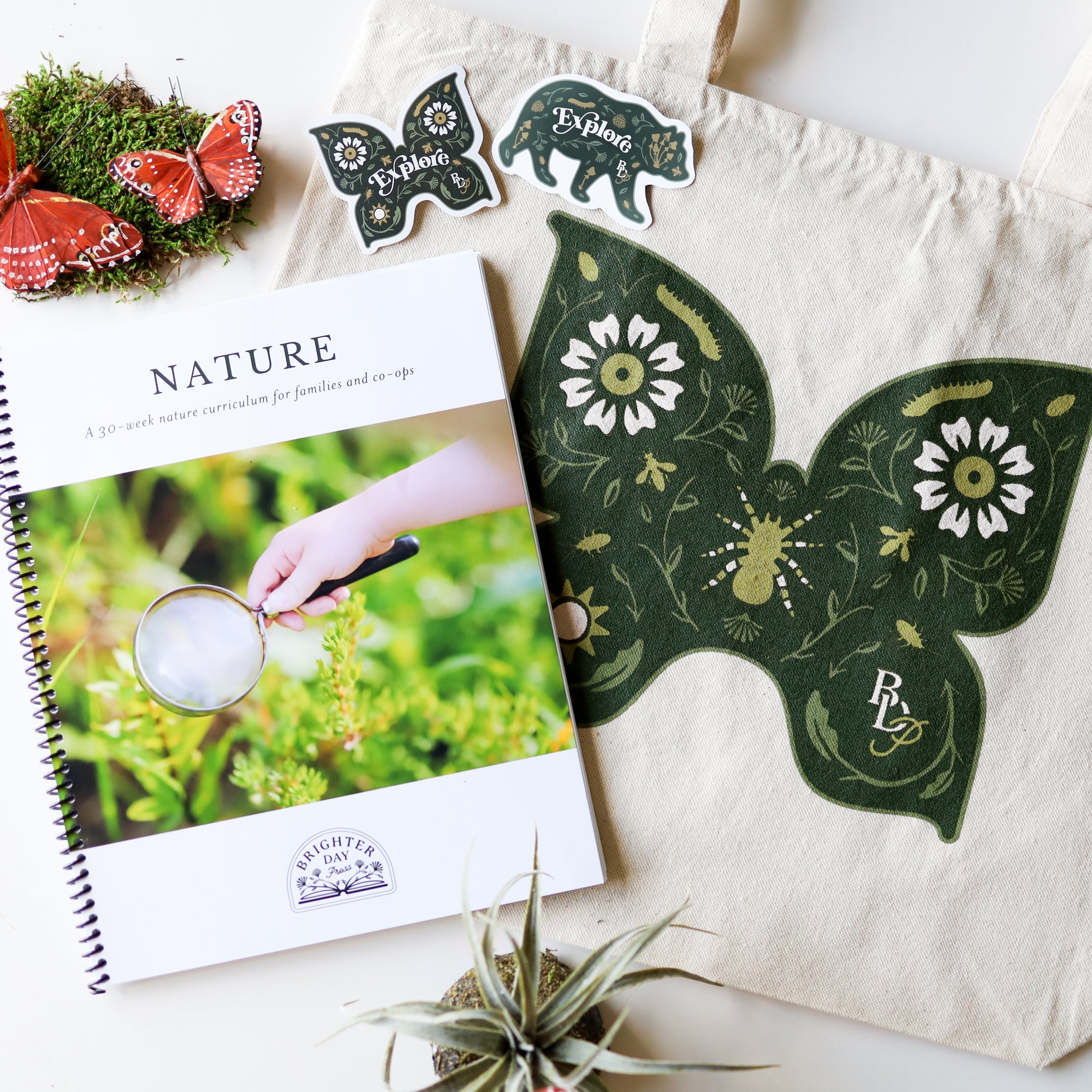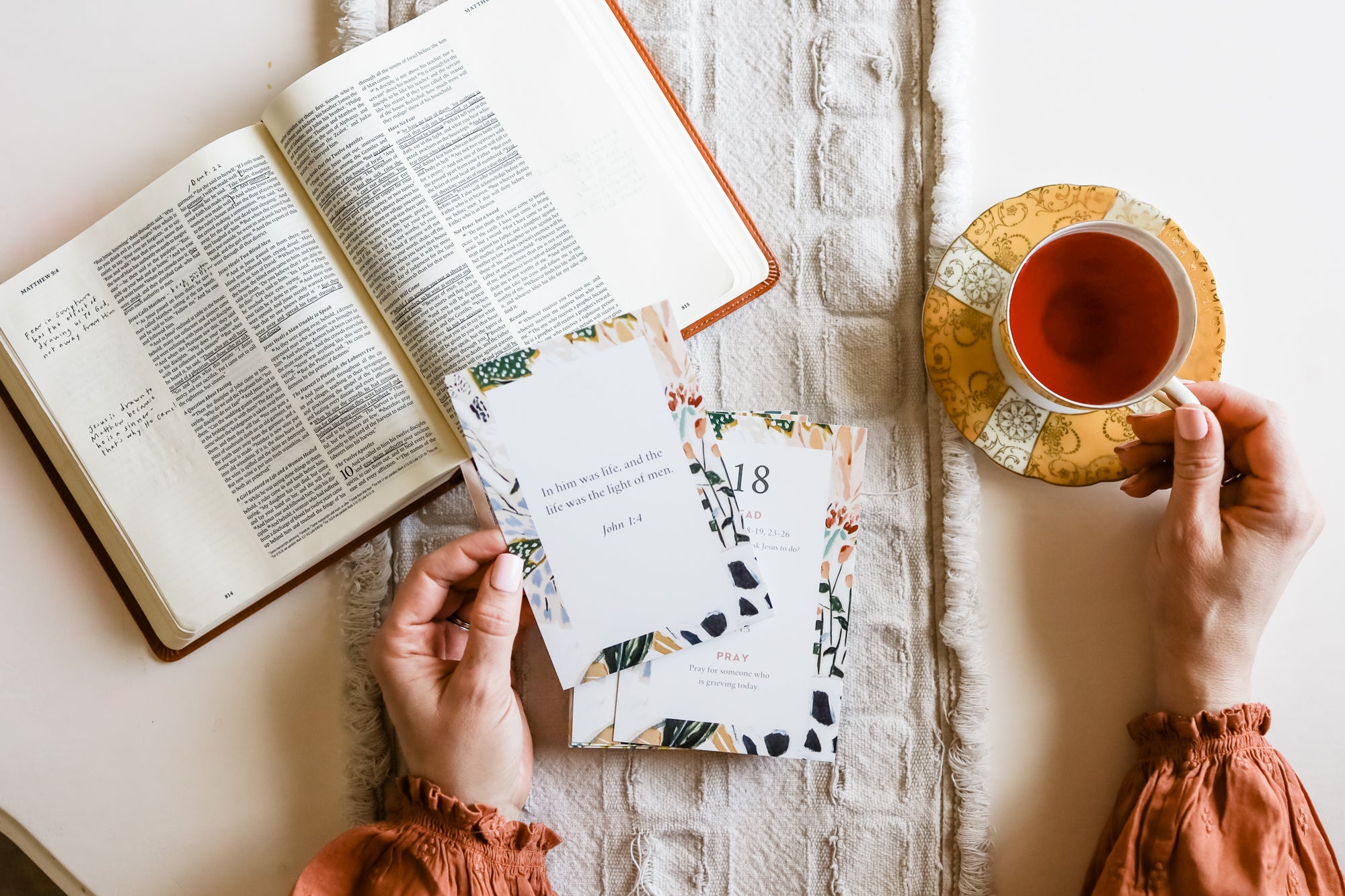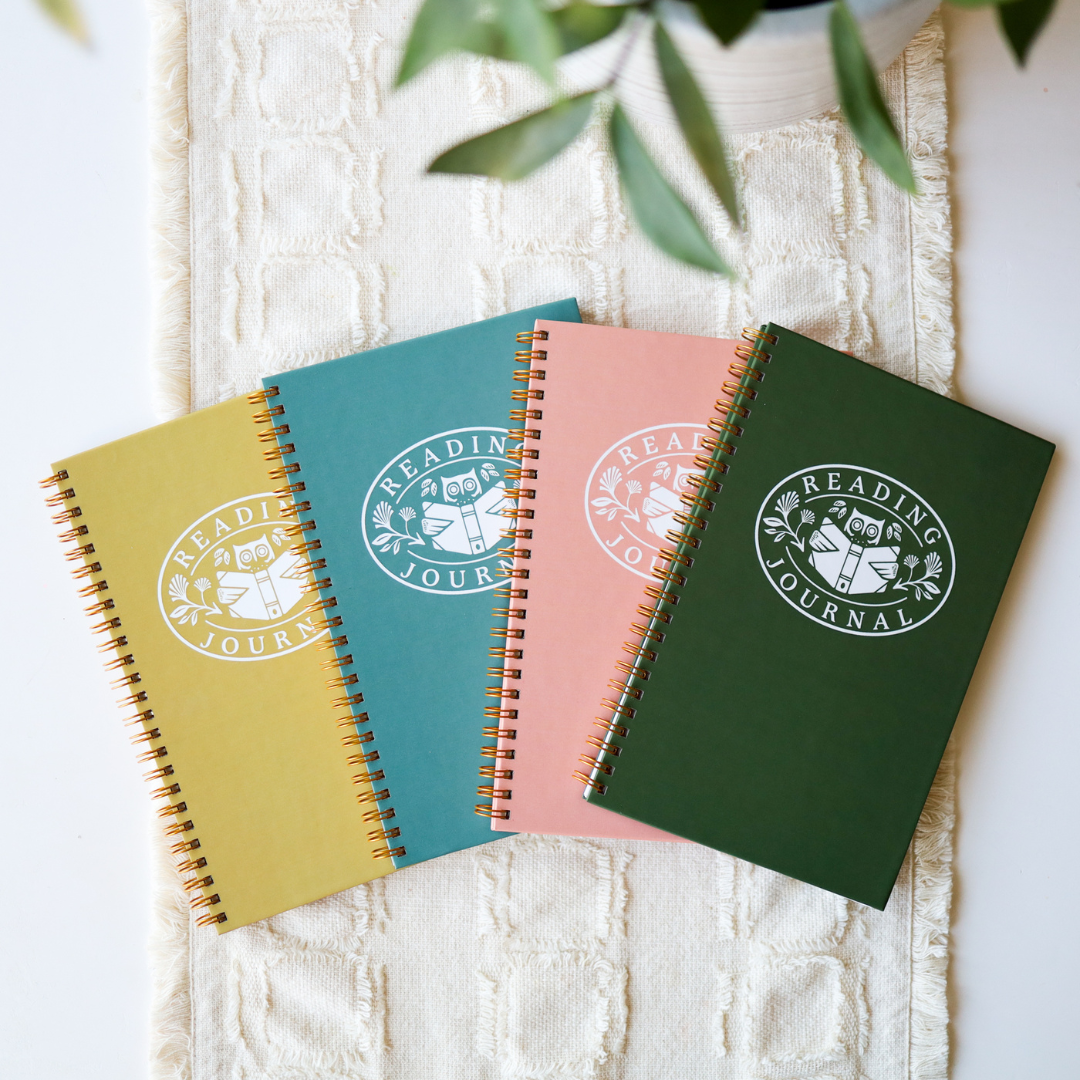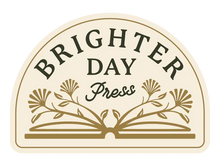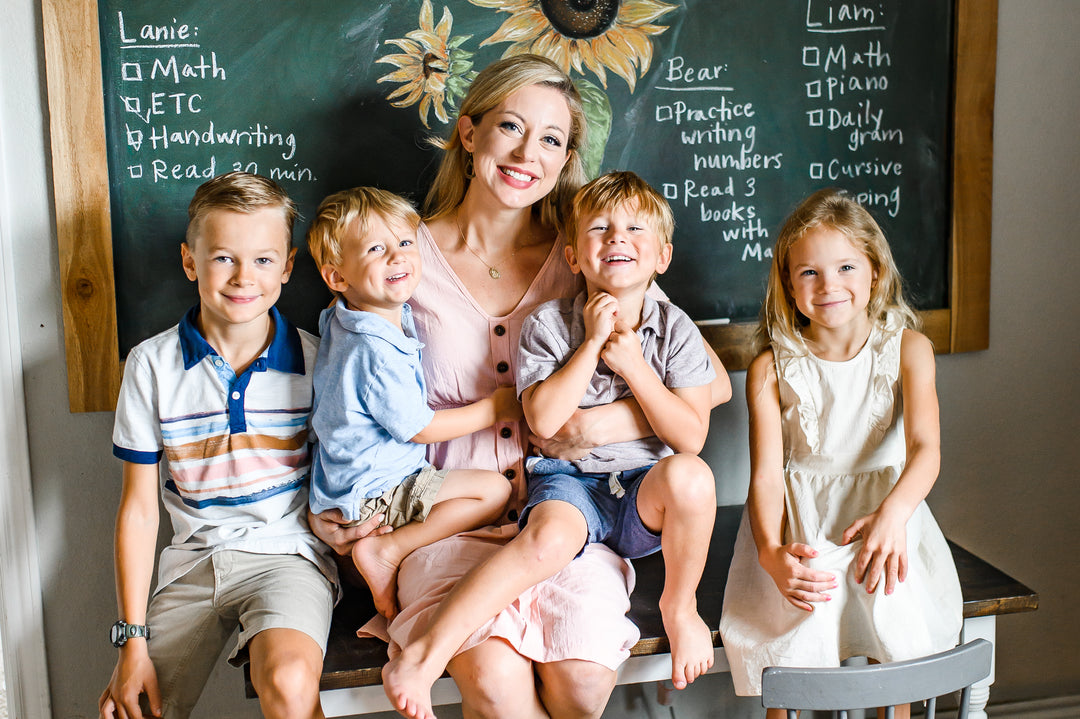Keeping a Narration Notebook
After each reading that's part of our homeschool, I encourage both of our children (ages 6 and 8) to narrate. If you're new to homeschooling - or to Charlotte Mason's philosophy - narration may be an unfamiliar concept.
Simply stated, narration is telling back in your own words what you've just read or heard. It's a simple but incredibly powerful tool that helps children process what they've just heard or read and allows you (the teacher) to evaluate their level of understanding. For younger children, it's best to start with oral narration and then move on to other forms (writing, drawing, building, acting out) as they become more adept. I've written about narration in more on this blog post: What Is Narration?, so head there to learn more!
In the last year, our son (age 8) has begun using a narration notebook to write his narrations. Our daughter (age 6) still only narrates orally.
So let's talk more about narration notebooking...
+ How often does he do this?
We do some form of narration every day, but try to use his narration notebook at least once a week.
+ What does he write?
He writes whatever he would say in his own words about what he just heard. Some days, it's a sentence or two. Other days, it's a whole page. He also loves to color or illustrate alongside his writing. (The Egypt page above was done using the illustrations from Around the World in Picture Books by Beautiful Feet Books. We love this curriculum!)
+ What does he use?
We have used a watercolor spiral notebook, a narration notebook from Beautiful Feet Books, and (what we're trying this year) a binder with loose leaf paper and sheet protectors. If you're gluing pictures into a notebook, I highly recommend using rubber cement so your pages do not wrinkle. These are our favorite watercolor set for kids, and we use these pencils. Whatever kind of notebook you choose, these will be such treasured keepsakes and such helpful documentation of how much your child has learned!

